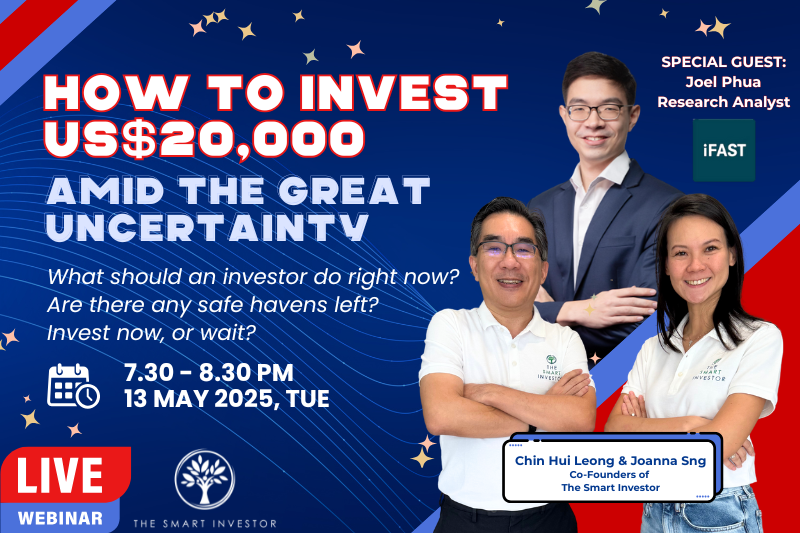The Central Provident Fund (CPF) is a compulsory savings scheme that requires Singaporeans and permanent residents to save 20% of their salary for those 55 years old and below.
The employer is also required to top up an additional amount into the employee’s CPF account every month.
Such contributions mean that a substantial amount of your salary will be deposited into your CPF account each month.
Hence, knowing how best to maximise your CPF money can go a long way to helping you achieve your financial goals.
The CPF Ordinary Account (OA) returns 2.5% a year, while the Special Account returns 4% a year.
On top of that, an extra 1% interest is applied for the first $60,000 in your combined accounts.
Besides letting your CPF account accrue interest, there are other ways that you can invest this money.
Most Singaporeans know that they can buy a home with their CPF money, or use it for education.
However, some are unaware of the option of buying shares with their CPF account.
As such, this article will focus on what you should know about how you can invest your CPF money in shares.
1. Eligibility
There are a few requirements before you can start investing your CPF money on stocks and they are:
For starters, you need to be at least 18 years old and above.
Also, you cannot be an undischarged bankrupt.
In order to invest, you’ll need a minimum of S$20,000 in your CPF OA and/or at least S$40,000 in your CPF Special Account (SA).
2. Maximum amount you can invest
Not all of the money in your CPF OA can be invested.
There are two methods to calculate how much you can invest, with only the lower of these two calculations being the allowable investment amount.
The first method is that you can invest up to 35% of your CPF savings in stocks.
The second method is that you need a minimum of S$20,000 left in your CPF Ordinary Account after investing.
Let’s take the following example.
Assume you have S$50,000 in your CPF account.
You will be able to invest $17,500 using the first calculation method.
Using the second method, you will be able to invest S$30,000, after deducting S$20,000 from S$50,000.
Hence, S$17,500, being the lower of the two calculations, is the amount that you are allowed to invest from your CPF OA.
3. Eligible shares
Not all shares are eligible for investment, though.
There are five criteria that a stock must meet to qualify as a CPF-approved share.
To be clear, this approach does not make the stock free of risks.
Here are the five criteria:
- The company is incorporated in Singapore;
- The company is listed on the Main Board of the local stock exchange as a primary listing or is a former Catalist share;
- The shares are traded in Singapore dollars;
- Agent banks are allowed by the company to appoint all CPF shareholders of the company proxies to attend and vote at meetings; and
- The company must not be on the watch-list of the local stock exchange.
Currently, there are around 400 CPF-approved shares that an investor can choose from. The full list can be found here.
Get Smart: Understanding the CPF better
Before investing your CPF money in shares, it is important that you educate yourself on the best way for you to achieve your financial goals.
You may also wish to read up on a series of articles I wrote on investing your CPF money in shares.
Here are another two articles on the pros and cons of voluntarily topping up your CPF account.
SPECIAL FREE REPORT! 10 Growth Stocks To Supercharge Your Portfolio! We cover 3 unstoppable growth trends and the 10 stocks that will ride them in 2021 and beyond! CLICK HERE to download for FREE now!
Don’t forget to follow us on Facebook and Telegram for some of our latest free content!
Disclaimer: Royston Yang does not own any of the companies mentioned.




